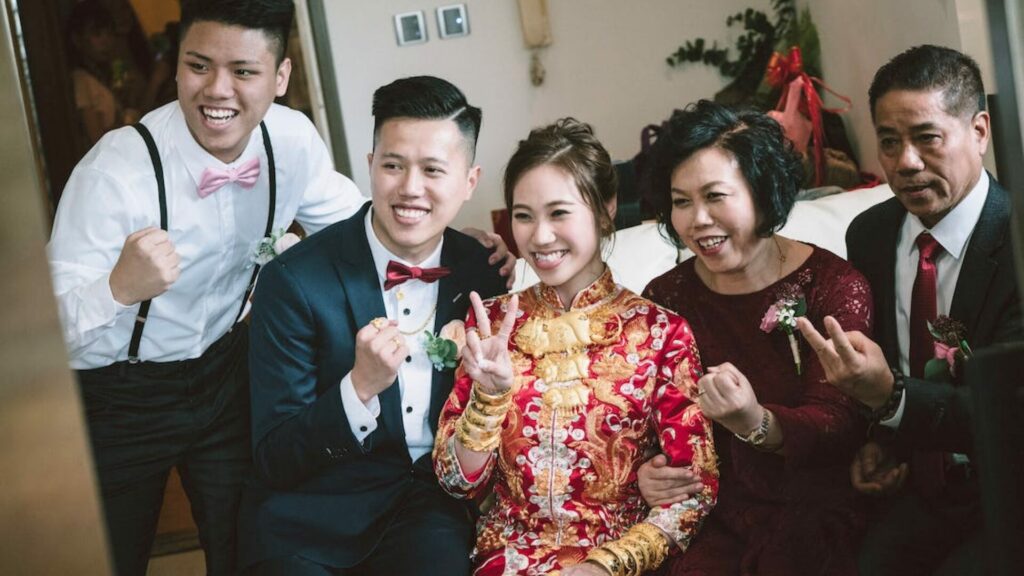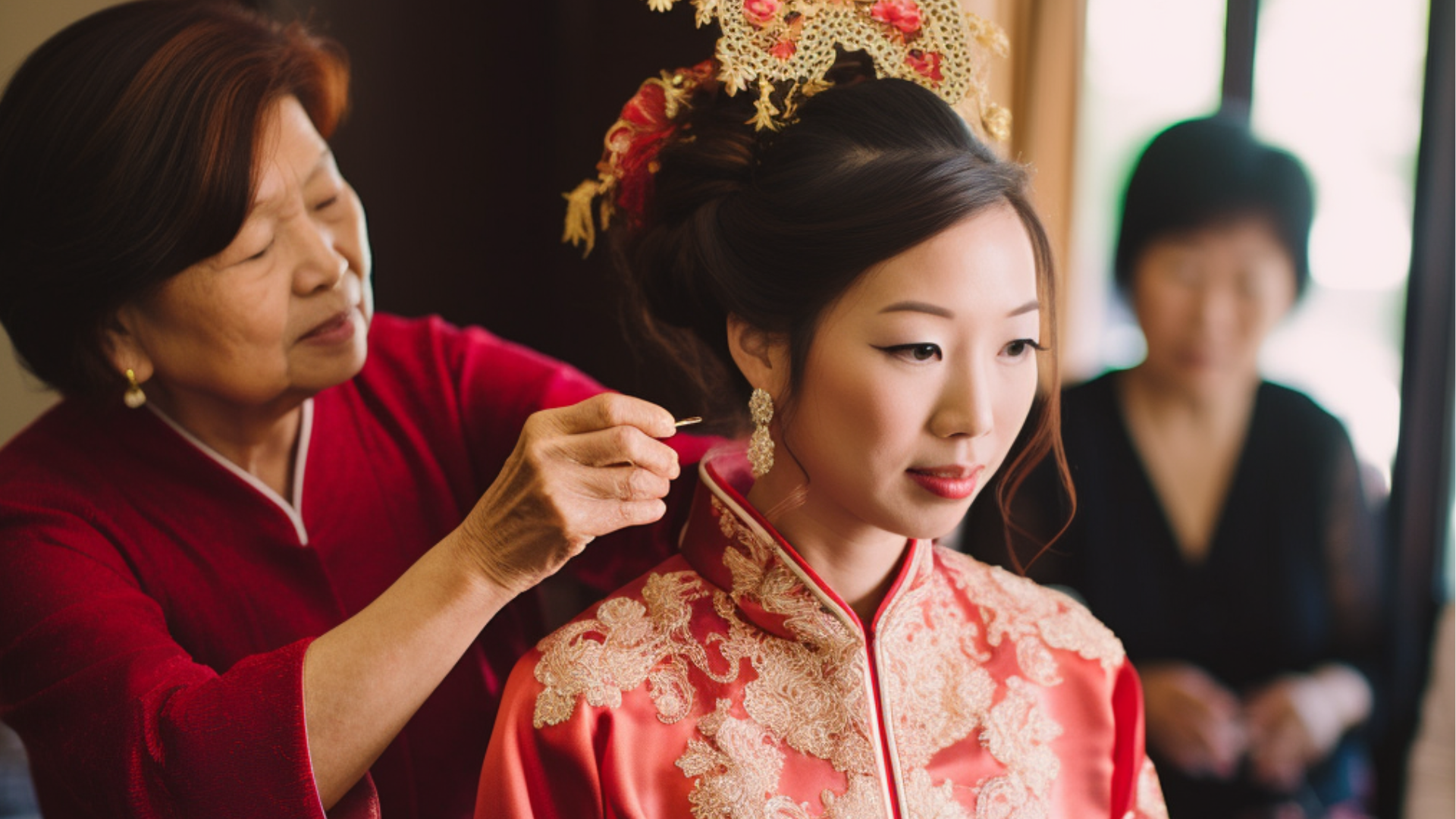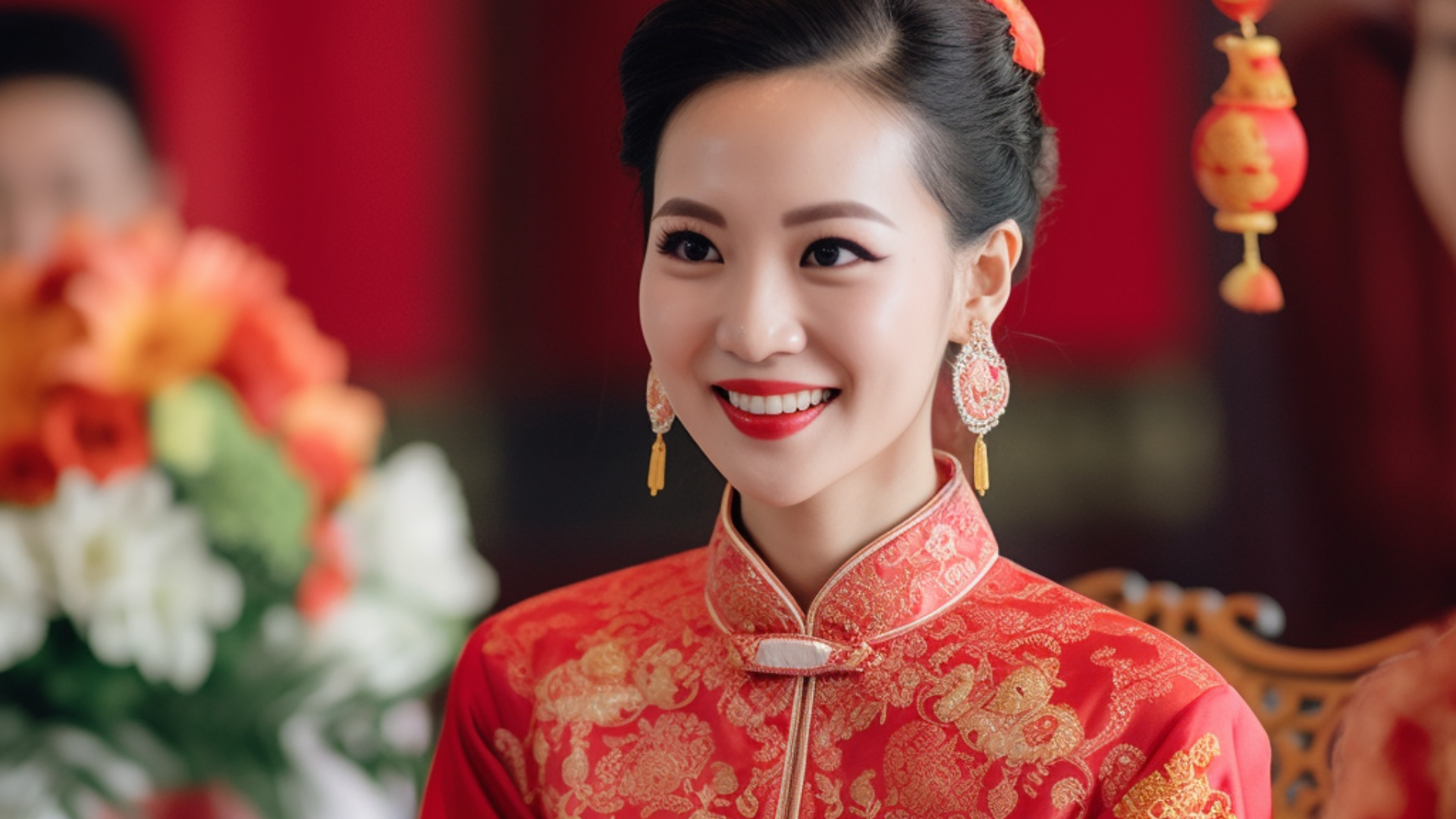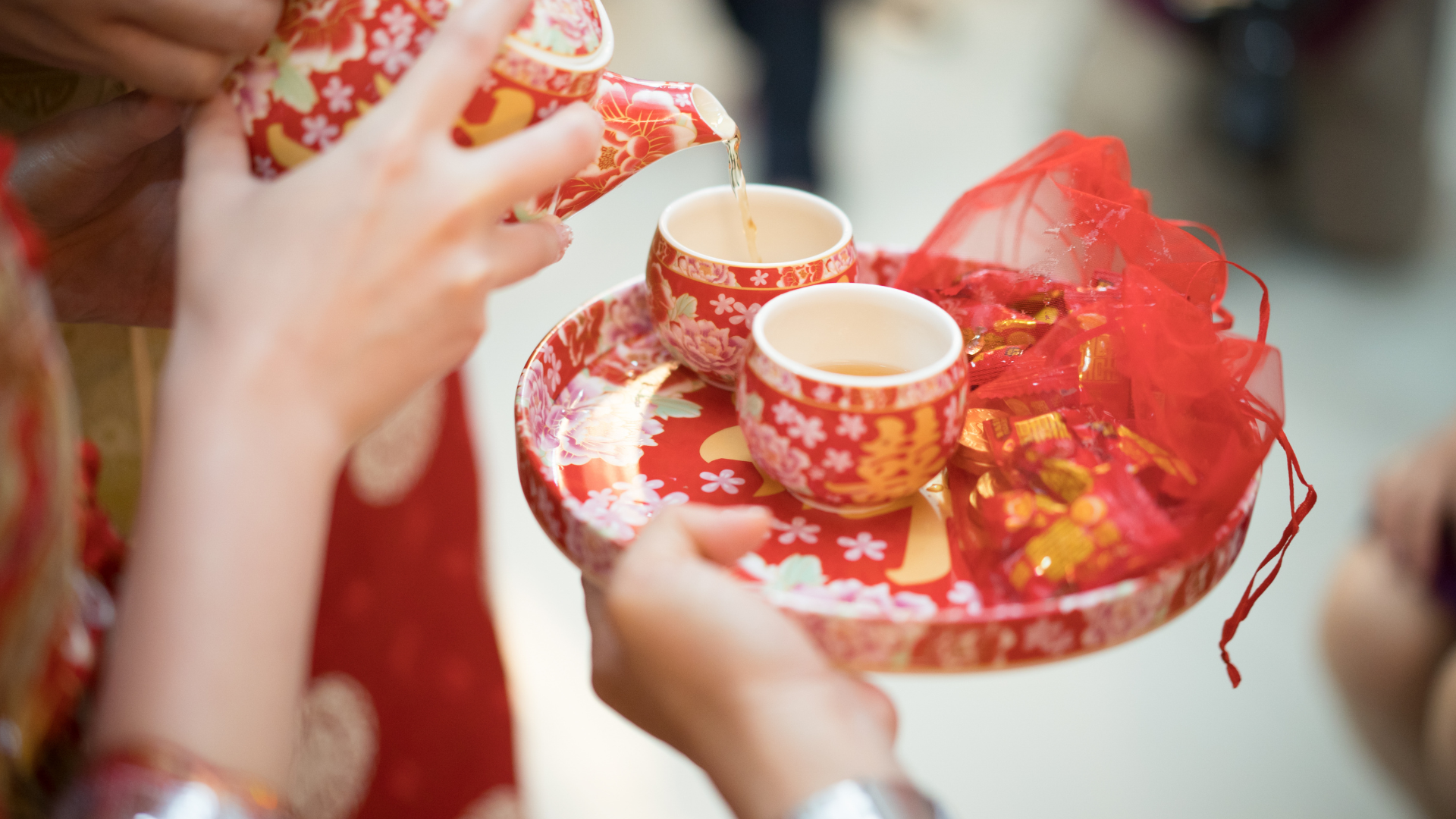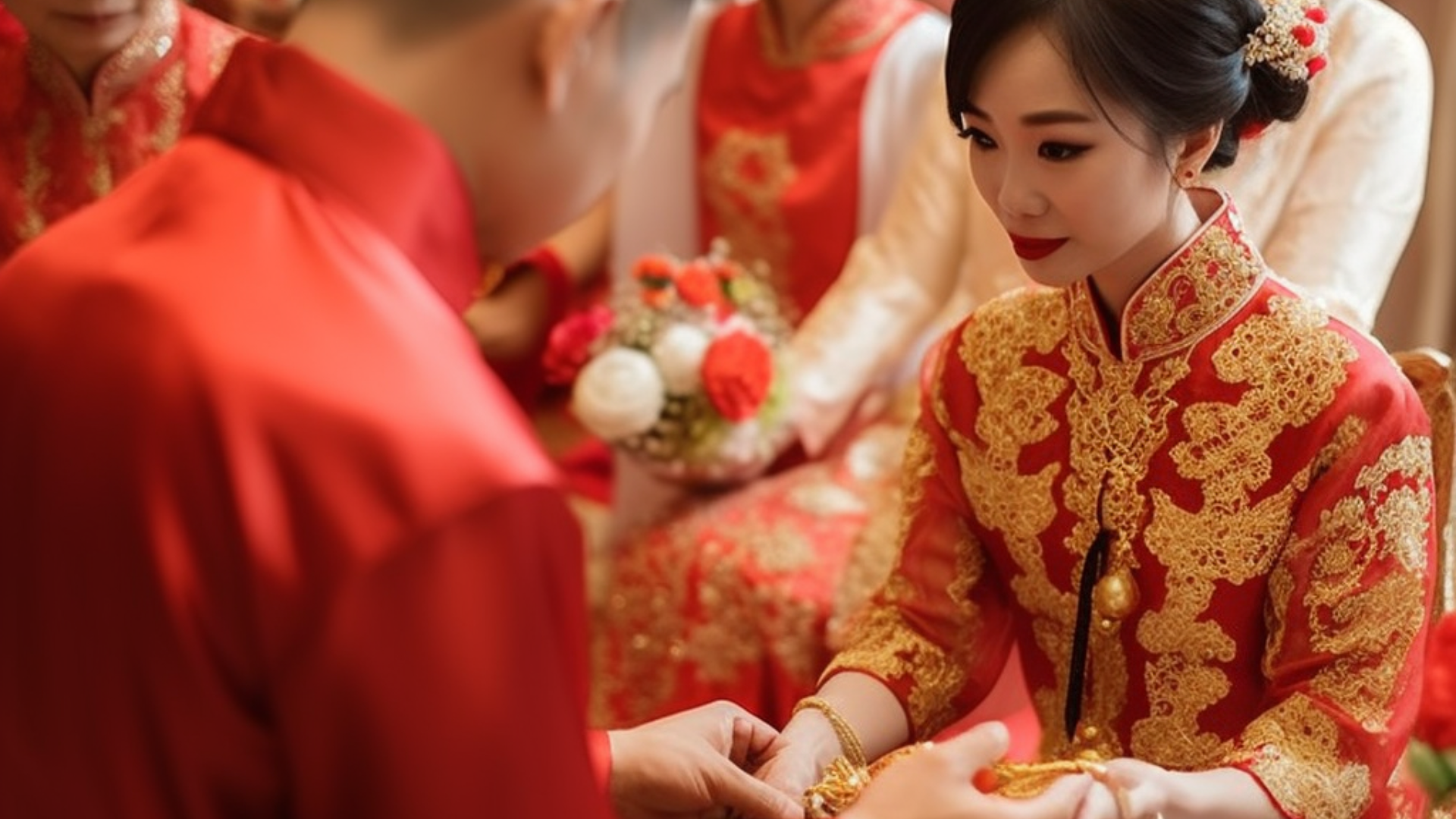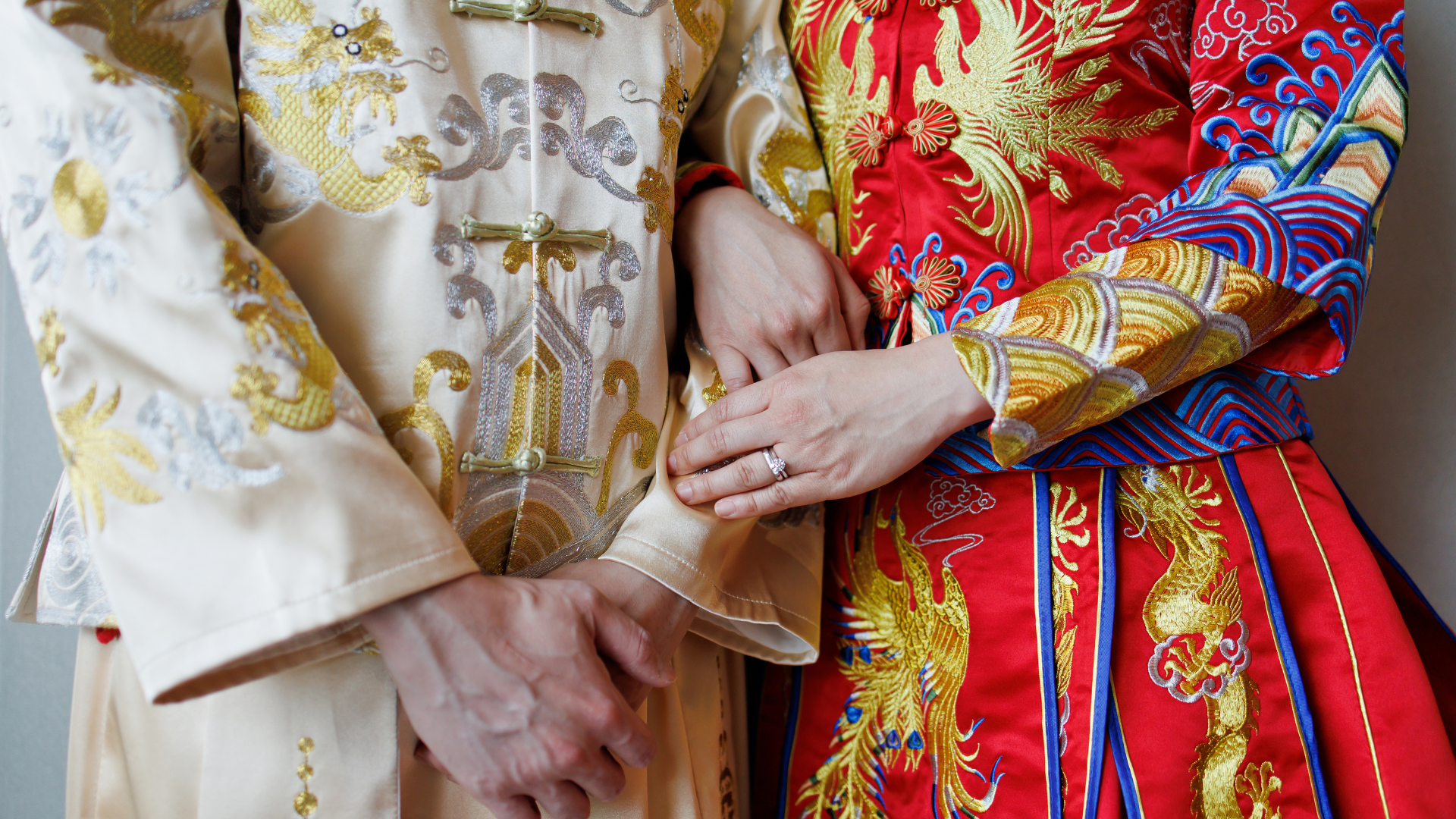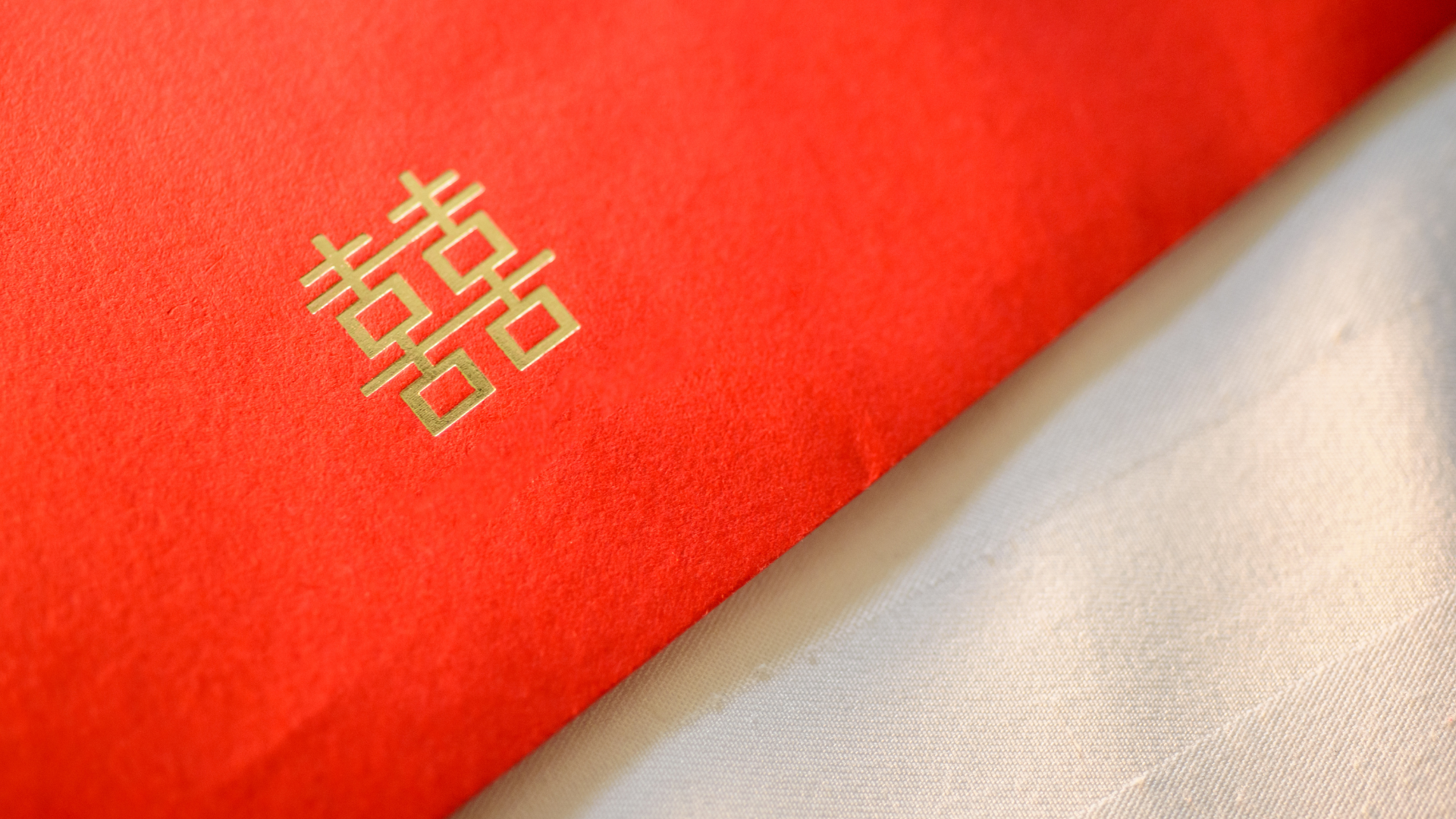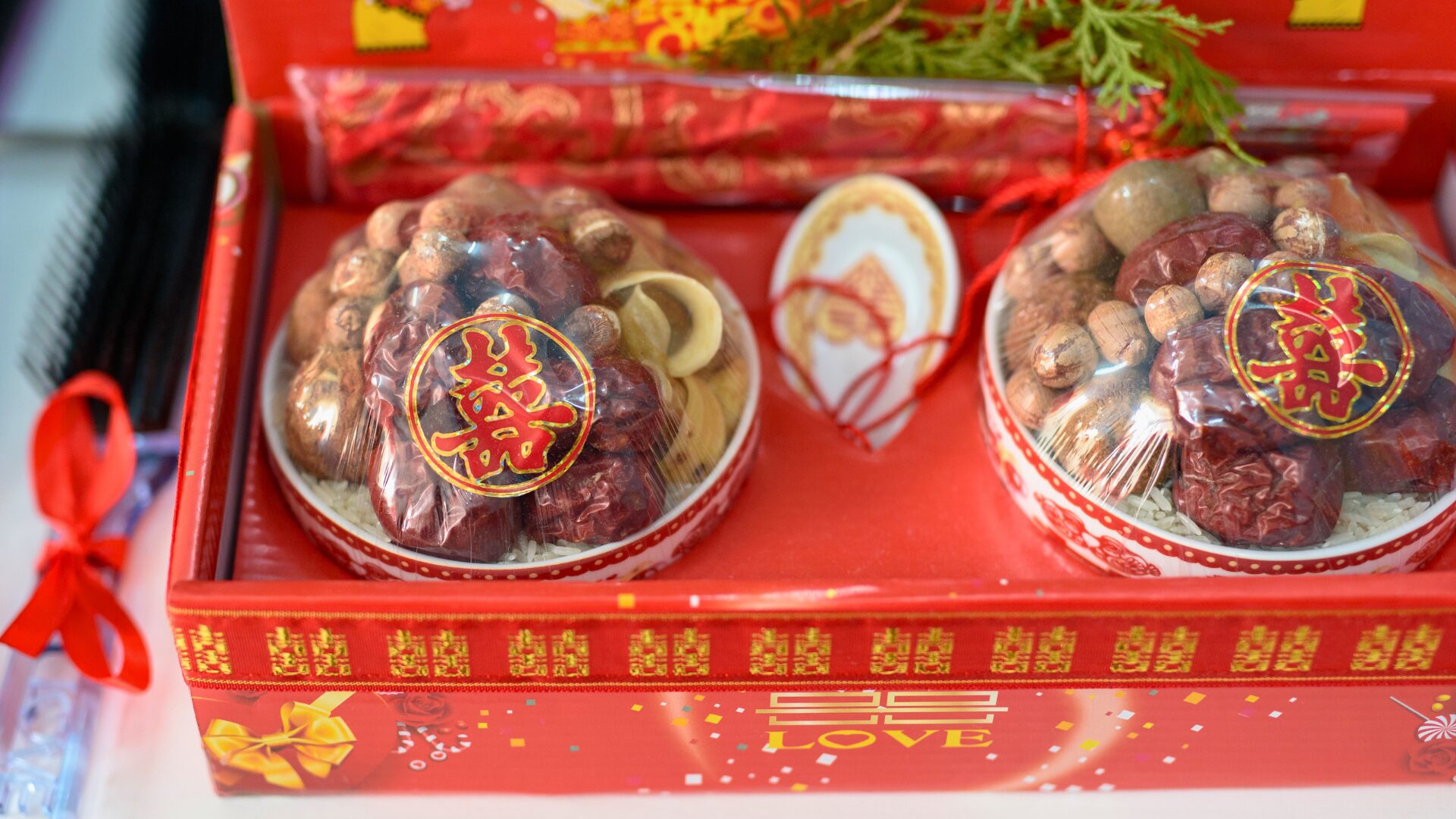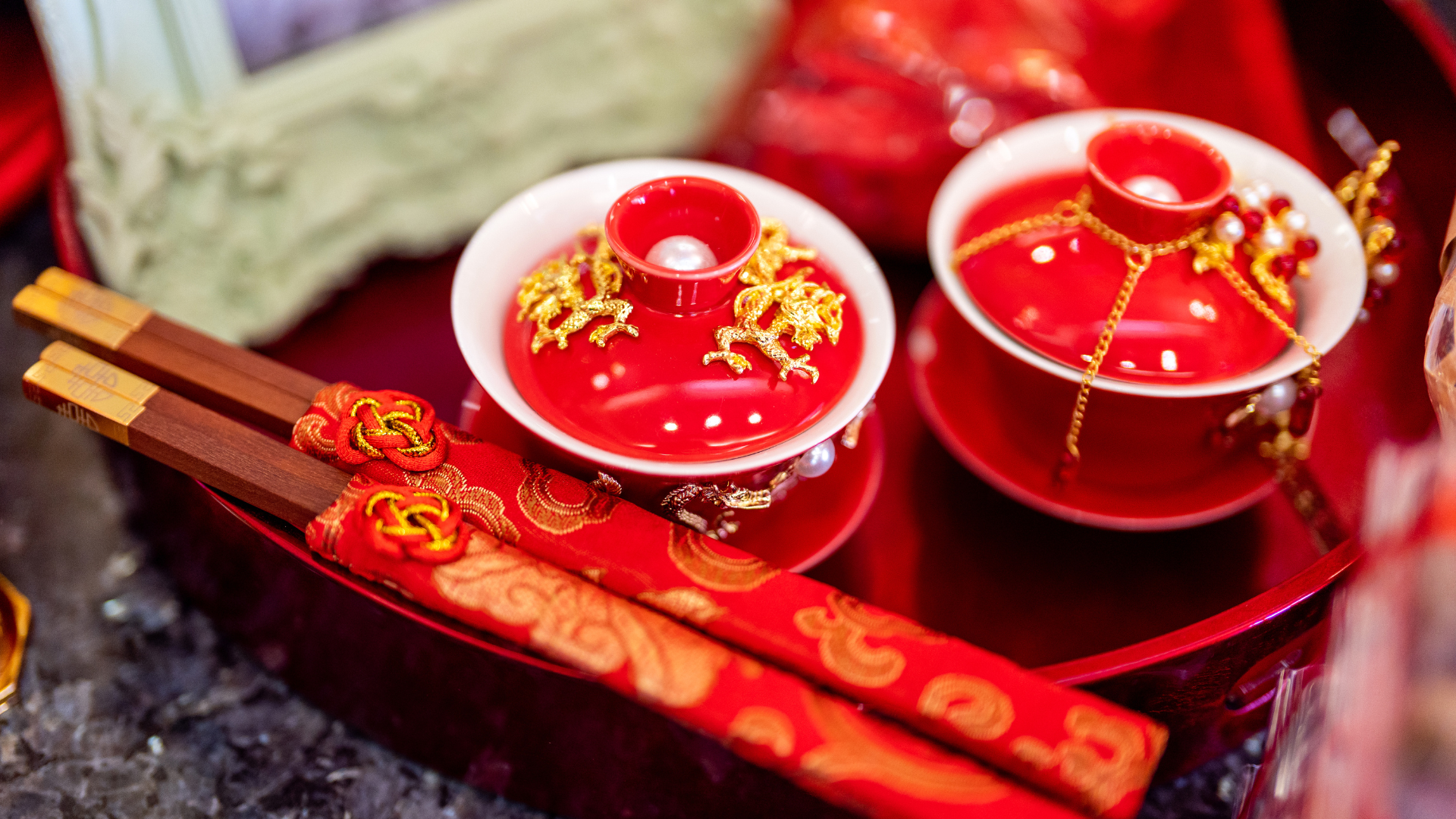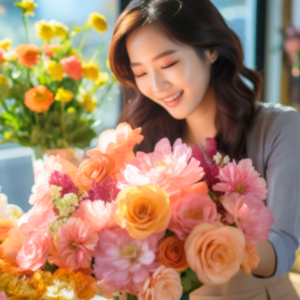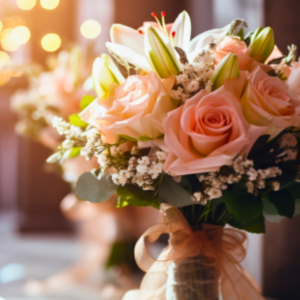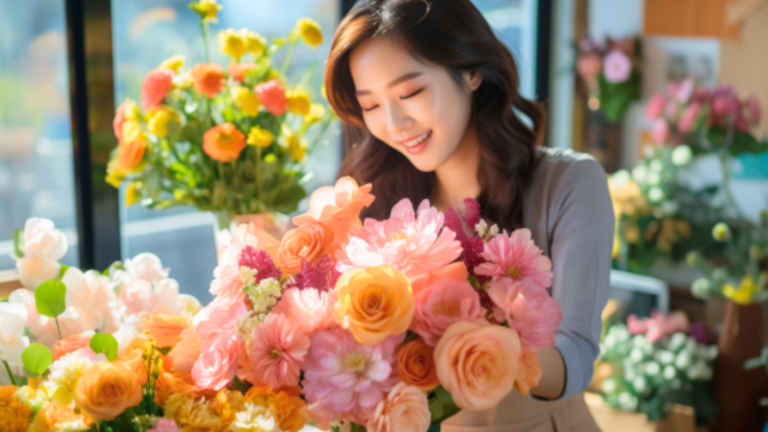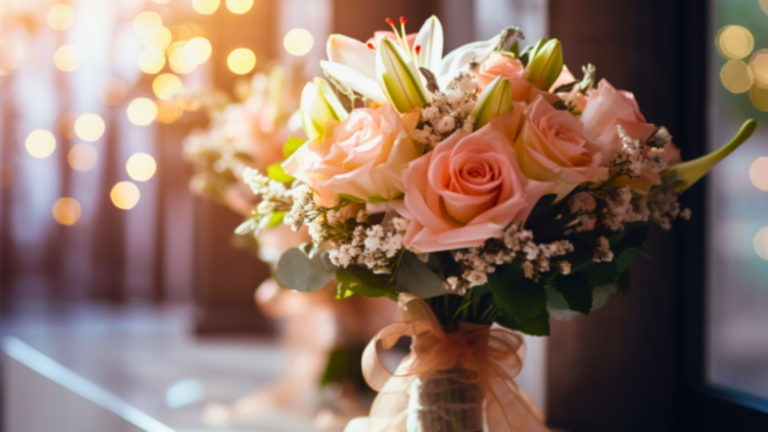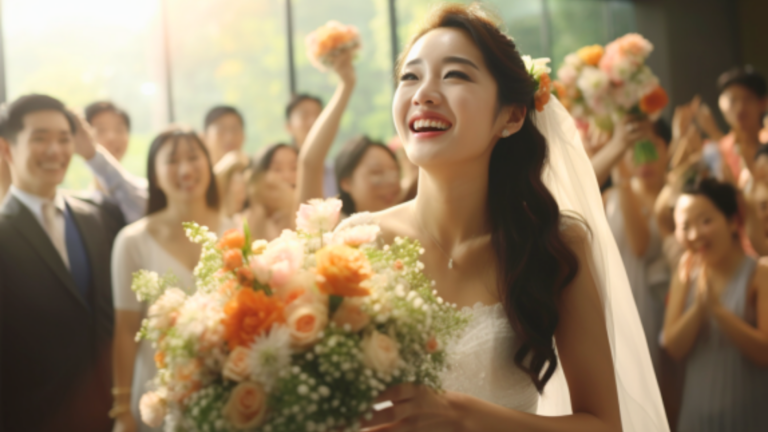Chinese wedding traditions date back thousands of years and are deeply ingrained in Chinese culture and beliefs. As a Chinese wedding planner, I have witnessed many beautiful and unique weddings incorporating traditional Chinese customs and rituals. This comprehensive guide will outline the various pre-wedding, wedding day, and post-wedding traditions that lend Chinese weddings their mystique.
The Chinese wedding ceremony is steeped in tradition and symbolism. A Chinese wedding represents not just a union between two individuals but also a union between two families. The families come together to celebrate the couple’s love and to wish them prosperity and happiness in their future together.
According to the Chinese lunar calendar, the wedding ceremony is typically held on an auspicious day. The couple’s astrological signs are also considered to determine the most suitable date for the wedding. The wedding ceremony is usually held in the morning, followed by a wedding banquet in the evening.
Pre-wedding rituals and customs
In Chinese tradition, there are various pre-nuptial rituals that the prospective bride and groom must participate in before the wedding date. One of the most significant pre-nuptial rituals is the “Hair Combing Ceremony. This ritual occurs a few days before the wedding date and represents the bride’s transition from youth to adulthood. The bride’s mother or an elderly female relative will brush the bride’s hair and tie it into a bun while reciting propitious phrases.
One pre-wedding tradition is the Betrothal Ceremony. This ceremony is commonly held a few weeks before the wedding date when the groom’s family bestows gifts upon the bride’s family as a symbol of regard and dedication. The gifts, referred to as “Guo Da Li” in Mandarin, typically comprise tea, fruits, and jewellery.
The significance of the colour red in Chinese weddings
In Chinese culture, red symbolizes love, luck, and happiness. It plays an important role in Chinese wedding traditions. The bride often wears a red dress called a “Qipao” or “Cheongsam. These garments are typically embroidered with symbols representing good fortune and joy. Likewise, the groom commonly wears red accessories such as a red tie or cummerbund.
Decorations at Chinese weddings frequently incorporate the colour red. Items like invitations, venue décor, and favours are red. Hanging red lanterns is a tradition to wish the couple longevity and prosperity.
The tea ceremony and its importance in Chinese weddings
The tea ceremony holds cultural significance as part of Chinese wedding traditions. Commonly taking place after the wedding ceremony and preceding the wedding banquet, the tea ceremony sees the new spouses serve tea to their parents and older family members. This gesture represents respect and appreciation.
The sharing of tea also allows the newly married pair to demonstrate gratitude to their parents for being raised and nurtured. It creates a heartfelt moment, symbolizing the couple’s thankfulness and filial duty.
The wedding banquet and its traditions
The wedding reception marks the culmination of the wedding day festivities. Commonly scheduled for the evening hours, the reception is an elegant celebration of the union between the newly married partners. Featuring a lavish spread of Chinese cuisine, the reception lets the couple demonstrate hospitality towards their assembled well-wishers.
Throughout the reception, the married pair will offer a toast to acknowledge and express gratitude towards their attendees for their presence and endorsement. In addition, guests frequently present the couple with red envelopes, referred to as “Hongbao” and also known as Angpow, containing monetary gifts as a symbol of well-wishes for future good fortune and prosperity.
Traditional Chinese wedding attire and accessories
Traditionally, the bride’s wedding attire includes a red Qipao embroidered with symbols to bring good fortune and joy. The Qipao is often crafted from silk or satin and decorated with gold or silver thread. The groom’s attire typically includes a black or blue suit and a red tie or cummerbund.
The bride also dons a “Phoenix Crown,” a customary headdress made from gold or silver and embellished with pearls and gemstones. The groom wears a “Dragon and Phoenix” robe to symbolize the couple’s joining.
Symbolism in Chinese Wedding decorations
Chinese wedding decorations contain significant symbolism. For instance, the Chinese word for “double happiness” – wishing newlyweds good fortune and joy – is commonly featured in decor. Red lanterns are also regularly included as they are thought to repel evil spirits.
Beyond decorations, the wedding venue location is deliberately selected for its symbolic implications. For example, according to Chinese tradition, a site near a river or lake may be chosen since water represents riches and affluence.
Modern adaptations of Chinese wedding traditions
As Chinese culture continues to progress, its wedding traditions evolve as well. Many contemporary couples incorporate aspects of Western wedding ceremonies into their Chinese wedding rituals. For instance, some pairs may decide on a white bridal gown for the bride or the exchange of wedding bands.
Even with modern adaptations, traditional Chinese wedding rites and customs remain significant for numerous Chinese couples as part of their wedding ceremony.
Chinese wedding superstitions and Taboos
Chinese wedding traditions incorporate superstitions and taboos to promote marital bliss and fortune. Specifically, it is widely believed that the bride should avoid wearing green or black attire on her wedding day, as these colours are thought to portend ill fate. Additionally, many Chinese believe breaking a mirror or sweeping the floor during the wedding reception could incur misfortune. Adhering to such customs is important for cultivating a happy and prosperous union in Chinese culture.
Top 10 Chinese Wedding Superstitions and Traditions to Follow
Conclusion
Chinese wedding traditions are deeply rooted in symbolism and cultural significance, playing an important role in Chinese culture. Every aspect of the Chinese wedding ceremony, from pre-wedding rituals through the wedding banquet, is carefully selected to bring good fortune and joy to the newlyweds.
For those planning a Chinese wedding, consider incorporating some of these traditions into your ceremony. At 50gram Wedding, we are committed to making your Chinese wedding planning experience stress-free and truly pleasant. With our extensive experience in budgeting and a broad network of trusted vendors, we can secure the best pricing for all your wedding needs, from venue rental to photographer services. Additionally, we leverage artificial intelligence-driven technology to provide informed insights and recommendations on effectively allocating resources and making informed decisions.
FAQ
The Hair Combing Ceremony is an important pre-wedding ritual in Chinese weddings. It symbolizes the bride’s transition from childhood to adulthood. During this ceremony, the bride’s mother or an elderly female relative combs the bride’s hair and ties it in a bun while reciting auspicious phrases.
The Betrothal Ceremony, or “Guo Da Li,” is a pre-wedding tradition in Chinese weddings. It is usually held a few weeks before the wedding day. During this ceremony, the groom’s family presents gifts to the bride’s family as a sign of respect and commitment. The gifts typically include tea, fruits, and jewellery.
Red is significant in Chinese culture and plays a prominent wedding role. It symbolizes love, luck, and happiness. In Chinese weddings, the bride traditionally wears a red dress called a “Qipao” or “Cheongsam,” embroidered with good luck and happiness symbols. Red is also used in wedding decorations, invitations, and favours to symbolize good luck and fortune.
The tea ceremony holds significant importance in Chinese weddings. It usually takes place after the wedding ceremony and before the wedding banquet. During the tea ceremony, the newlyweds serve tea to their parents and elderly relatives as a gesture of respect and gratitude. It symbolizes the couple’s appreciation for their parent’s care and upbringing.
Giving red envelopes, known as “Angpow” or “Hongbao,” is a common tradition in Chinese weddings. Guests give red envelopes containing money to the couple as a gesture of good luck and prosperity. It is believed to bring blessings and support to the couple in their new journey together.

